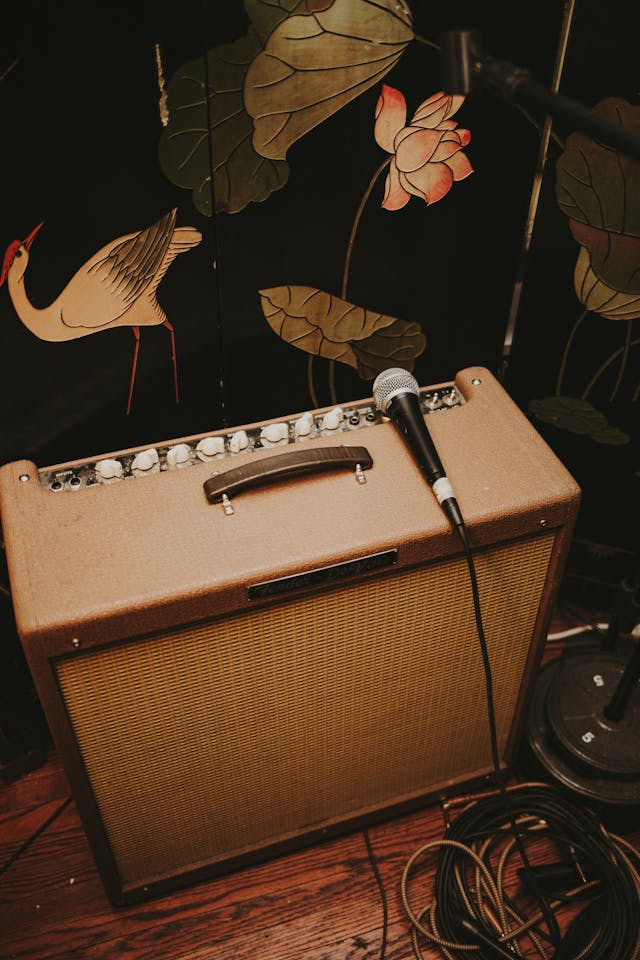[et_pb_section fb_built=”1″ theme_builder_area=”post_content” _builder_version=”4.24.2″ _module_preset=”default”][et_pb_row _builder_version=”4.24.2″ _module_preset=”default” theme_builder_area=”post_content”][et_pb_column _builder_version=”4.24.2″ _module_preset=”default” type=”4_4″ theme_builder_area=”post_content”][et_pb_text _builder_version=”4.24.2″ _module_preset=”default” theme_builder_area=”post_content” hover_enabled=”0″ sticky_enabled=”0″]
Today’s guitar amplifiers can peppered with an array of knobs and buttons that would baffle a NASA engineer.
The multitude of sounds and tonal variations is enough to keep you busy experimenting for years before the amp ever has a chance to breathe the ale laced fumes of a nightclub stage or the muffled confines of a studio isolation room.
Contrast that to amps of yesteryear. Back in the day (back in my day!) when all amps were powered with vacuum tubes, were heavier than boat anchors, and the master volume control was still on the drawing board.
Things were simpler then. You either plugged straight into the amp and figured out how to get some tone out of it – or maybe you added in a distortion pedal, and possibly a wah wah for good measure. Clean and simple.
The amp input section back then typically had a control panel that consisted of a volume knob, EQ knobs for highs, mids and bass, a reverb knob, and sometimes two more knobs for tremolo – speed and intensity (on the fancy models).
Things really started to change on amplifiers with the advent of the “master volume control” in the seventies.
Many amps, back then, already came with two channels, one “clean” (or “normal) and one “lead”. The problem was they were completely separate from each other. You either plugged into one, or you plugged into the other.
Then someone figured out that by adding a master volume control to the end of the amp circuitry, you could turn down the overall volume of the amp, but boost the individual channel volume to produce distortion.
The next step was re-designing the amp circuitry so that both the lead and the clean channels could be accessed with just one input, and “toggled” between the two by means of a foot switch.
By having a master volume control, you could now set two individual channels, each with a completely different sound, and control the overall output level of both channels with just one control.
The beauty of having an amp with channel switching capabilities is that it’s like having two amps in one. A “clean” amp for those nice sweet rhythms and tasteful leads – and a “distortion” amp for all the crunch and gain you could ever need.
Nowadays, amps with channel switching capabilities are the norm, and one of the most innovative modifications to amp design, facilitated by the simple addition of one important knob – the “master” volume control.
[/et_pb_text][/et_pb_column][/et_pb_row][/et_pb_section]


